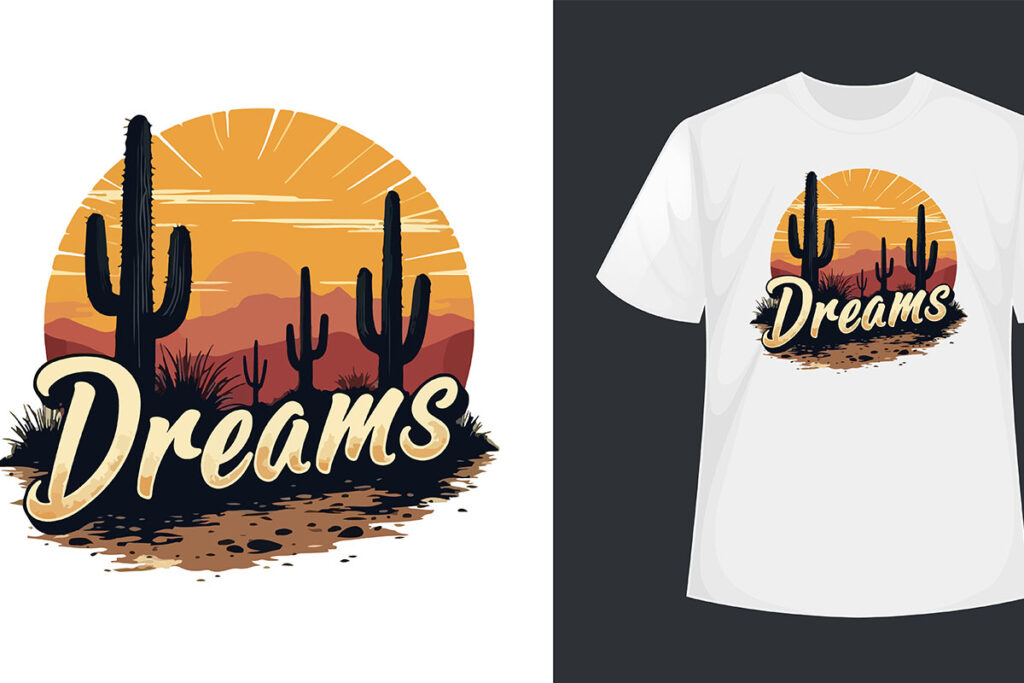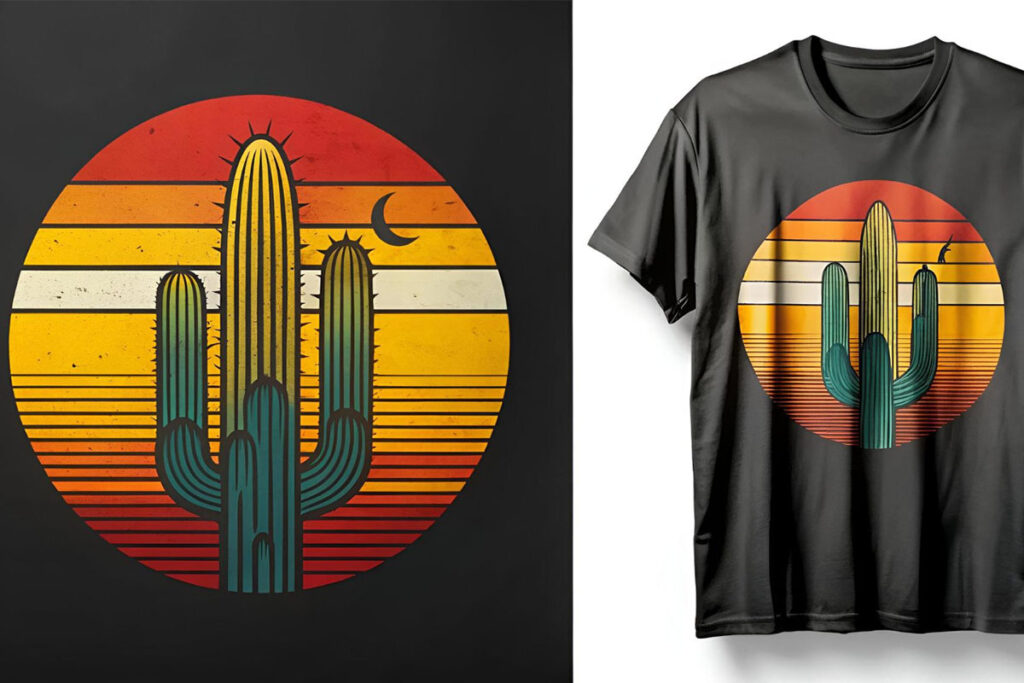Sustainable practices in UV DTF printing are at the forefront of modern printing technology, as they align with the growing demand for eco-friendly solutions in various industries. As consumers become more environmentally conscious, the need for responsible printing methods has never been more critical. Companies can significantly reduce their ecological impact by implementing energy efficiency in UV printing, using biodegradable inks and substrates, and adopting waste reduction strategies. These practices not only promote sustainability but also enhance brand image and attract eco-minded consumers looking for green options. With advancements in UV printing technology, the industry is poised to lead the way in creating a more sustainable future.
Environmentally friendly approaches in directly printing technologies, such as UV DTF, have gained momentum due to heightened consumer awareness about ecological impacts. Businesses are finding that by embracing responsible practices, they can fulfill the growing demand for printed products that do not compromise environmental integrity. Strategies that focus on energy-efficient processes, the utilization of biodegradable materials, and the implementation of effective waste management systems contribute to a greener industry landscape. In this overview, we’ll delve into how these innovative practices can not only minimize ecological footprints but also enhance the marketability of products in an eco-aware marketplace. The advancements in UV DTF technology offer a versatile platform for these sustainable initiatives to thrive.
The Importance of Sustainable Practices in UV DTF Printing
Sustainable practices in UV DTF printing have emerged as crucial for modern printing businesses looking to reduce their environmental impact. As consumers become more environmentally conscious, companies that prioritize sustainability tend to see increased loyalty and attraction from their customer base. Implementing strategies that minimize waste, such as optimizing ink usage and investing in energy-efficient machinery, not only helps the planet but also enhances a company’s reputation as a responsible choice among consumers.
Furthermore, adopting these practices can contribute to improved operational efficiency. By reducing waste through careful planning and innovative techniques, printing companies can streamline their production processes, which often leads to cost savings over time. Sustainable printing isn’t just a moral imperative; it’s also becoming increasingly necessary for competitive viability in today’s eco-aware market.
Energy Efficiency in UV DTF Printing
Energy efficiency in UV DTF printing represents a significant advancement aimed at reducing operational costs and environmental impacts. Modern UV printers, such as those equipped with low-energy LED lamps, consume substantially less electricity compared to traditional models. This reduction in energy usage directly correlates with lower greenhouse gas emissions, making the production process more environmentally friendly. By utilizing energy-efficient equipment, companies can lower their carbon footprint while still achieving high-quality prints.
In addition, energy-efficient machines often feature enhanced capabilities that allow for faster production speeds. This efficiency not only conserves energy but also minimizes the waste associated with prolonged printing times. The continuous advancements in UV printing technology lead to machines that optimize energy use, demonstrating a commitment to sustainability and appealing to an eco-conscious clientele.
Innovating with Eco-Friendly Materials in Printing
The shift towards eco-friendly materials in UV DTF printing has opened new avenues for manufacturers to align product offerings with sustainable practices. By choosing inks and substrates that are biodegradable or made from recycled components, companies can significantly reduce their environmental footprint. Water-based and plant-based inks, for instance, generate fewer emissions and enhance the recyclability of printed products, promoting a circular economy.
Moreover, the use of eco-friendly materials can serve as a unique selling proposition. Consumers are increasingly favoring brands that commit to sustainability, equating high-quality with environmentally responsible options. This means that by prioritizing eco-friendly materials, companies not only contribute positively to the planet but can also potentially access new market segments eager for greener alternatives.
Exploring Biodegradable Inks and Substrates
Biodegradable inks and substrates represent an exciting frontier in sustainable UV DTF printing. These innovative materials, designed to break down naturally over time, provide a much-needed alternative to traditional inks, which often contain harmful chemical compounds. By adopting biodegradable options, manufacturers reduce the potential for environmental pollution and adhere to growing environmental regulations.
Furthermore, implementing biodegradable resources aligns with customers’ expectations for sustainability. Businesses that source biodegradable materials not only enhance their product’s ecological profile but also resonate with consumers who prioritize health and safety in their purchasing decisions. This approach reflects a comprehensive commitment to environmental ethics while offering more appealing choices in the marketplace.
Strategies for Waste Reduction in the Printing Industry
Waste reduction strategies in UV DTF printing are essential for enhancing sustainability within the industry. Implementing efficient production practices, such as optimizing design layouts to minimize material waste, can greatly contribute to a more sustainable workflow. Additionally, adopting roll-to-roll printing techniques allows printers to utilize continuous media, significantly reducing leftover materials that would typically end up in landfills.
Moreover, establishing a robust recycling program can further enhance waste management efforts. By partnering with organizations that specialize in recycling printing materials, businesses can ensure that products that are no longer usable are processed responsibly. The integration of these waste reduction strategies not only supports environmental goals but also lowers overall production costs and maximizes resource utilization.
The Influence of Consumer Demand on Sustainable Practices
The increasing consumer demand for sustainable practices significantly impacts the UV DTF printing landscape. As customers grow more aware of their choices’ environmental consequences, they gravitate towards businesses that demonstrate a commitment to sustainability. This shift in consumer behavior presents an opportunity for companies to innovate and adapt their offerings, aligning products with eco-friendly values to attract and maintain a loyal customer base.
Moreover, transparent communication regarding sustainable practices can enhance a brand’s credibility and market position. By promoting their eco-friendly initiatives in marketing campaigns, printing businesses can differentiate themselves from competitors and engage with a growing demographic committed to sustainability. This proactive approach not only satisfies consumer expectations but can ultimately lead to a competitive advantage in an increasingly eco-focused marketplace.
Frequently Asked Questions
What are sustainable practices in UV DTF printing?
Sustainable practices in UV DTF printing involve implementing eco-friendly methods and materials that minimize environmental impact. This includes using biodegradable inks and substrates, optimizing energy efficiency in printing processes, and employing waste reduction strategies to enhance overall sustainability in production.
How can eco-friendly materials in printing improve sustainability in UV DTF printing?
Utilizing eco-friendly materials, such as recycled substrates and water-based inks, in UV DTF printing significantly reduces pollution and waste. These materials are designed to have lower environmental footprints compared to traditional options, aligning with sustainable practices while appealing to eco-conscious consumers.
What are waste reduction strategies used in UV DTF printing?
Waste reduction strategies in UV DTF printing include optimizing design layouts to minimize excess material, implementing recycling programs, and utilizing roll-to-roll printing techniques that reduce ink waste during setup and cleaning. These strategies collectively contribute to more sustainable practices.
How does energy efficiency in UV printing contribute to sustainable practices?
Energy efficiency in UV printing, particularly through the use of low-energy lamps and advanced technology, significantly reduces power consumption and greenhouse gas emissions. This is a key aspect of sustainable practices in UV DTF printing, ensuring that production processes are environmentally friendly.
What advancements in UV printing technology promote sustainable practices?
Advancements in UV printing technology, such as improved energy-efficient printers and better ink formulations, support sustainable practices by reducing energy usage and minimizing waste. These technologies facilitate higher quality outputs with less environmental impact, making UV DTF printing more eco-friendly.
Why are biodegradable inks and substrates important in UV DTF printing?
Biodegradable inks and substrates are essential in UV DTF printing as they reduce harmful emissions and toxic waste associated with traditional printing materials. By incorporating these eco-friendly options, businesses not only comply with sustainable practices but also appeal to the growing market of environmentally aware consumers.
| Aspect | Key Points |
|---|---|
| Technological Advancements | Innovations like eufyMake UV Printer E1 reduce energy consumption and enhance print quality. |
| Energy Efficiency | Low-energy lamps significantly decrease greenhouse gas emissions. |
| Eco-Friendly Materials | Water-based and vegetable-based inks are sustainable alternatives to petroleum-based inks. |
| Waste Reduction Strategies | Implementing recycling and optimizing production processes can minimize waste. |
| Consumer Demand | Eco-friendly practices can attract environmentally-conscious customers, enhancing market position. |
Summary
Sustainable practices in UV DTF printing are essential for embracing environmentally friendly methodologies that cater to a growing consumer demand for eco-conscious choices. This approach not only mitigates the environmental impact of printing operations but also enables businesses to enhance their brand reputation by aligning with sustainability values. By integrating advanced technologies, utilizing biodegradable materials, and reducing waste through efficient processes, UV DTF printing can emerge as a leader in eco-friendly practices. The result is a sustainable future where the printing industry thrives on responsibility and innovation.



